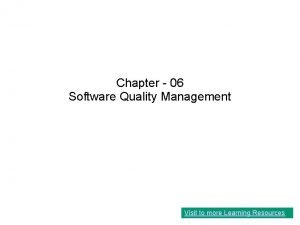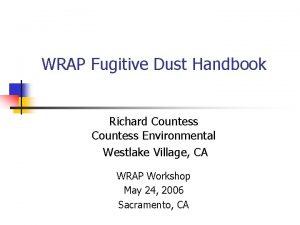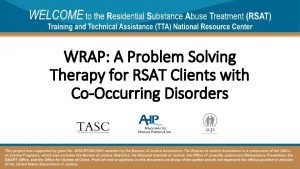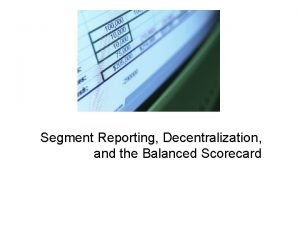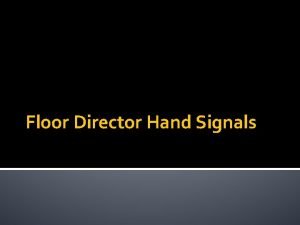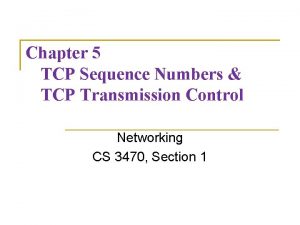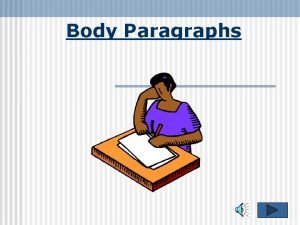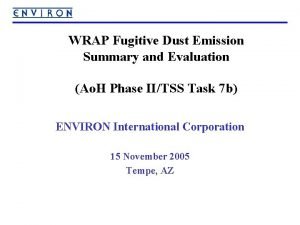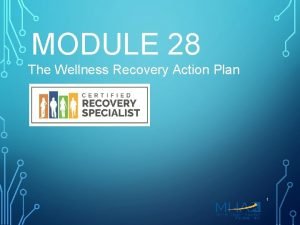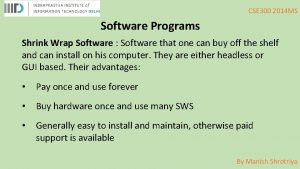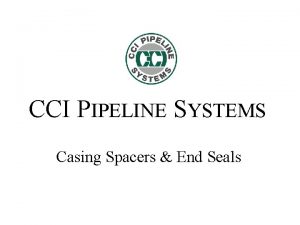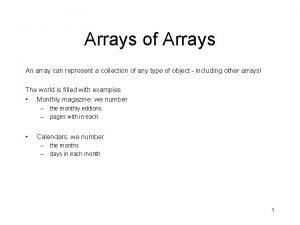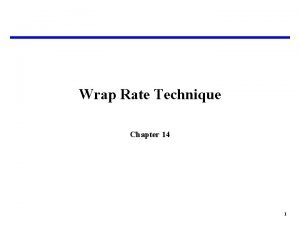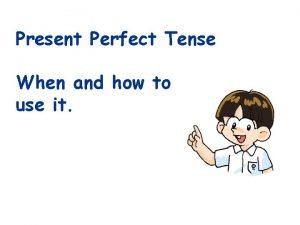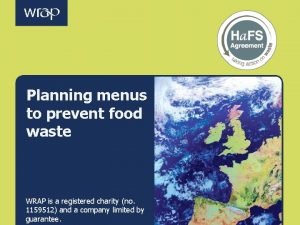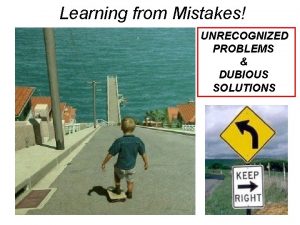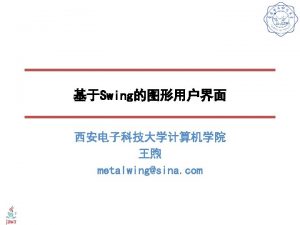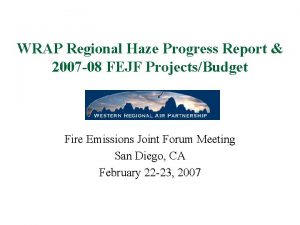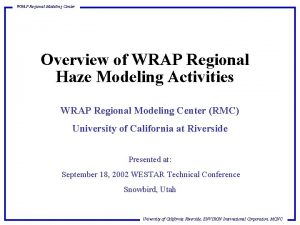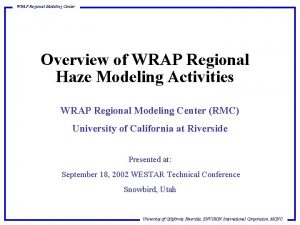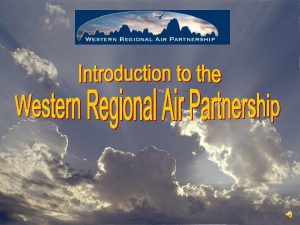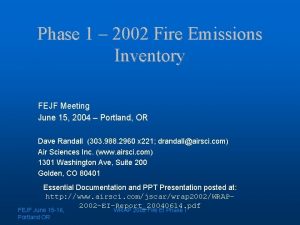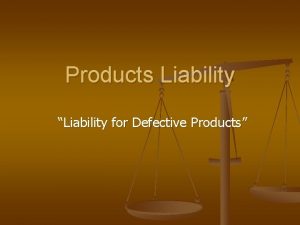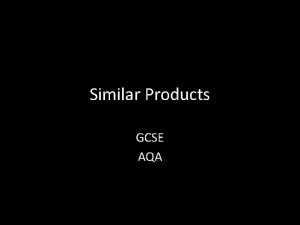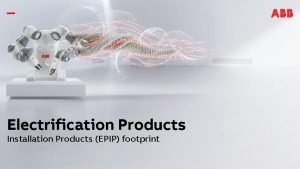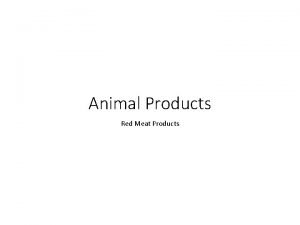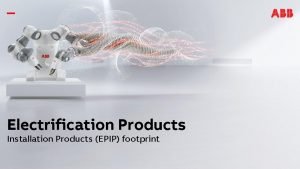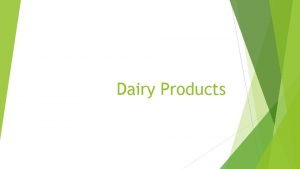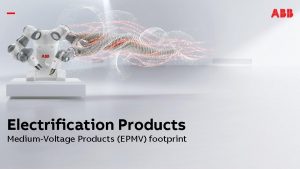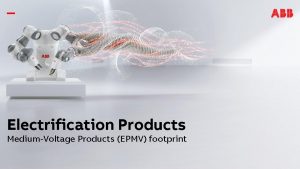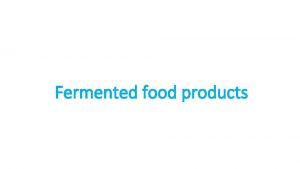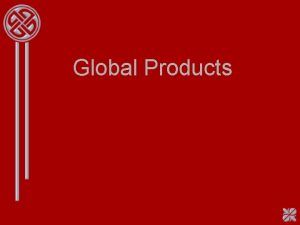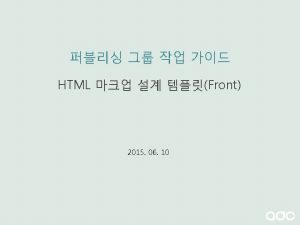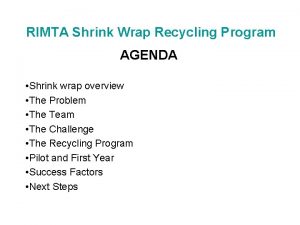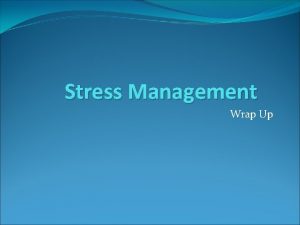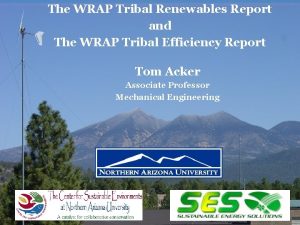Overview of WRAP FEJF Work Products WRAP Workshop





























- Slides: 29

Overview of WRAP FEJF Work Products WRAP Workshop on Fire, Carbon, and Dust May 23 -24, 2006 Sacramento, CA Darla Potter (WDEQ) & Mark Fitch (USFS)

Presentation Overview • FEJF Work Products – Policy – Select Guidance / Reference – Select Technical / Application • Fire Tracking System • Prescribed Fire Projection Tool • Emission Reduction Technique Tool • Regional Haze Requirement / Work Product

FEJF Work Product Development • Stakeholder-based consensus process. • Assist the WRAP states and tribes in addressing emissions from fire sources. • Provide a consistent framework that states and tribes can use to efficiently develop their individual: – Regional haze implementation plans, – Long-term strategies, and – Periodic progress reports. • Viable tools for both Section 308 and Section 309 states and tribes to meet the requirements of the Regional Haze Rule.

Comprehensive List of FEJF Work Products

Policy • P 1 - Enhanced Smoke Management Programs for Visibility • P 2 - Categorizing Fire Emissions • P 3 - Annual Emission Goals for Fire • P 4 - Fire Tracking Systems

Policy • P 1 - WRAP Policy on Enhanced Smoke Management Programs for Visibility – Smoke management efforts that specifically address visibility. – There are 9 necessary elements of an ESMP to meet the requirements of the Rule. – ESMPs are to be included in implementation plans based on the criteria of efficiency, economics, law, emissions reduction opportunities, land management objectives, and reduction of visibility impacts.

Policy • P 2 - WRAP Policy for Categorizing Fire Emissions – Method to categorize fire emissions as “natural” or “anthropogenic. ” – Provides the basis for fire’s inclusion in natural background condition values and ultimately, the tracking of reasonable progress. – The Classification Criteria section determines the “natural” and “anthropogenic” sources of fire that contribute to regional haze. – The Program Management section expresses the prerequisites that enable classification to be effective and equitable.

Policy • P 3 - WRAP Policy on Annual Emission Goals for Fire – Annual Emission Goal (AEG) - a quantifiable value used to measure progress each year in achieving the minimum emission increase from fire. – The WRAP outlines a process for states/tribes to establish AEGs by using currently available Emission Reduction Techniques (ERTs) in their regional haze implementation plans.

Policy • P 4 - WRAP Policy on Fire Tracking Systems – It is necessary to track fire activity information in the WRAP region using a fire tracking system, which will also provide the information essential to create a fire emissions inventory. – Identifies 7 essential components of a Fire Tracking System that represent the minimum fire activity data necessary to consistently calculate emissions and to meet the requirements of the Rule.

Select Guidance / Reference • G 1 - Non-burning Alternatives for Vegetation and Fuel Management [Wildland] • G 2 - Non-Burning Management Alternatives on Agricultural Lands in the Western United States • G 10 - Guidance for Categorizing Natural vs Anthropogenic Fire Emissions • G 11 - Guidance for Coordinating Smoke Management Programs

Select Guidance / Reference • G 1 - Non-burning Alternatives for Vegetation and Fuel Management [Wildland] – A comprehensive reference document that describes alternatives to prescribed burning. – Provides decision-makers with the tools necessary to develop cogent non-burning strategies for vegetation and fuel load management. – Assist air quality regulators, environmental organizations, and the general public in understanding the practical advantages of non-burning alternatives.

Select Guidance / Reference • G 2 - Non-Burning Management Alternatives on Agricultural Lands in the Western United States – Identification of the “universe” of potential nonburning management alternatives. – Identification of existing and potential accountability mechanisms for tracking if, and which, non-burning alternatives are used and potential barriers to their implementation.

Select Guidance / Reference • G 10 - Guidance for Categorizing Natural vs Anthropogenic Fire Emissions – A guidance document developed to assist WRAP region burners and regulators in categorizing fire emissions as either “natural” or “anthropogenic” for the purpose of fulfilling the Rule requirements. – This Guidance provides reference to research, field procedures, maps, plans, etc. (categorization methods) to be used by burners and regulators when categorizing fire emissions as either “natural” or “anthropogenic”.

Select Guidance / Reference • G 11 - Guidance for Coordinating Smoke Management Programs – A guidance document being developed to establish this guidance for coordinating Smoke Management Programs to assist burners and regulators in fulfilling requirements of the Rule during the implementation of SMPs. – This guidance focuses primarily on the interjurisdictional exchange of certain critical information describing characteristics of planned burns, i. e. , SMP elements.

Select Technical / Application • T 11 - Fire Tracking System • T 12 - Prescribed Fire Projection Tool • T 13 - Emission Reduction Technique Tool

Select Technical / Application • T 11 - Fire Tracking System – A WRAP FTS is necessary to track fire activity information in the WRAP region, which will also provide the information essential to create a fire emissions inventory. – A project is almost completed to evaluate several existing state and tribal fire tracking systems. – Based upon the results of the evaluation project, the FEJF will proceed with the development of a WRAP FTS.

Fire Tracking System

Uses of the WRAP FTS Smoke Management Regional Haze Planning Programs • Future year emission • Fire Tracking inventories for modeling • Applicability of ERTs • Day-to-Day burn/no- • Demonstration of Annual Emission Goals burn decisions for fire • Regional Coordination Other • State NEI reporting

Select Technical / Application • T 12 - Prescribed Fire Projection Tool – A fire calculation tool is under development to generate an event-level prescribed burning emission inventory given estimates of future levels of burning. – The calculation tool will be designed for use by experts in fire and smoke management

Prescribed Fire Projection Tool Load Seed Data (WRAP Baseline)

1 - User enters scalars 2 - Tool calculates number of new events/acres needed 3 - Hit “Go” and events are “looked up” from randomized Source sheet into New Events sheet

Post Processing • Apply ERTs after Calc Tool selection • Combine output into single 250, 000 record all-scenario database for graphing and QA. • Format into SMOKE and NIF files.

Select Technical / Application • T 13 - Emission Reduction Technique Tool – A technical tool is under development to consistently calculate the emission benefits of ERTs (distinct measures that reduce emissions from fires). – The technical tool is envisioned to function in many ways for SMP managers: stand alone, paired with the fire calculation tool, and integrated into the FTS. – The sum of the emission reductions provide the basis for establishing the annual emission goal.

Emission Reduction Technique Tool

Table 1 Emission Reduction Factors (percent PM 2. 5 emissions averted) for Seasonal Suites of ERTs Region Season Vegetation Category Grass Brush Timber Crop SW Spring 55% 45% 50% SW Summer 55% 40% 30% 50% SW Fall 55% 45% 70% SW Winter 55% 45% 60% 70% NW Spring 55% 70% 40% 0% NW Summer 65% 45% 30% NW Fall 65% 52. 5% 70% NW Winter 10% 70% 25% 75% IMW Spring 55% 40% 50% IMW Summer 60% 45% 40% IMW Fall 65% 60% 70% IMW Winter 25% 50% 20% 0%

Relationship between Regional Haze Requirement and FEJF Work Product

309 Requirement Relationship to FEJF Work Product

308 Requirement Relationship to FEJF Work Product

Questions / Comments Refer to handout ~ WRAP URL for each Work Product
 Work immersion task activities
Work immersion task activities Functional products and innovative products
Functional products and innovative products Pepsi vs coke brands
Pepsi vs coke brands Six sigma methodology defines three core steps
Six sigma methodology defines three core steps Wrist tape job
Wrist tape job Wrap fugitive dust handbook
Wrap fugitive dust handbook Wrap crisis plan examples
Wrap crisis plan examples Mwrap contractor portal
Mwrap contractor portal Redmond awnings a division of wrap up corp
Redmond awnings a division of wrap up corp Floor director hand signals
Floor director hand signals Karn partridge algorithm
Karn partridge algorithm Bookend wrap milady definition
Bookend wrap milady definition Body supporting sentence 1
Body supporting sentence 1 Wrap fugitive dust handbook
Wrap fugitive dust handbook Wrap assessment
Wrap assessment Healthy lifestyle wrap up lecture
Healthy lifestyle wrap up lecture Wellness recovery action plan examples
Wellness recovery action plan examples Text flow css
Text flow css Shrink wrap software
Shrink wrap software Nail reshidi
Nail reshidi Cci pipeline
Cci pipeline Vuzix wrap 280
Vuzix wrap 280 Magic square wrap around array java
Magic square wrap around array java Rmc com wrap
Rmc com wrap Wrap rate
Wrap rate Simple past paint
Simple past paint Wrap uk
Wrap uk Dave's satellite communications
Dave's satellite communications Shrink wrap
Shrink wrap Jtext pane
Jtext pane



